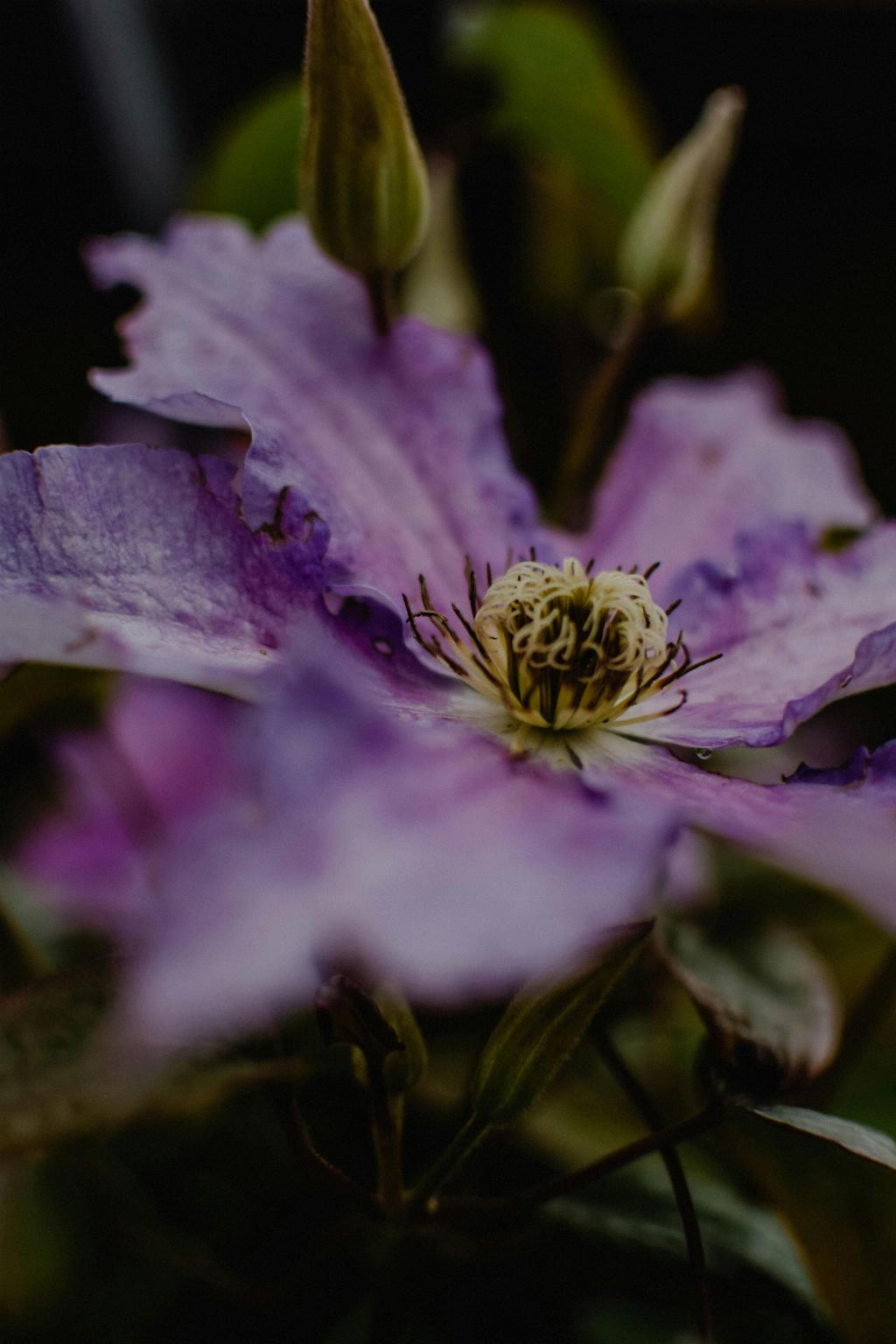When it comes to getting your clematis to bloom beautifully, there are several key steps you can take to ensure your vine thrives and produces an abundance of flowers. One crucial factor in promoting blooming is regular pruning. By pruning your clematis vine regularly, you are encouraging new growth, which in turn leads to more flowers.
Another essential element for clematis to bloom is providing the vine with plenty of sunlight. Clematis plants thrive in sunny locations that receive at least 6-8 hours of direct sunlight each day. So, make sure to plant your clematis in a spot where it can soak up those sun rays and flourish.
In addition to sunlight, fertilizing your clematis is crucial for promoting blooming. Choose a fertilizer specifically formulated for flowering plants and apply it according to the package instructions. Fertilizing your clematis will provide it with the nutrients it needs to produce vibrant, healthy flowers.
Keeping your clematis well-watered is another key factor in encouraging blooming. Make sure to water your clematis vine regularly, especially during hot, dry periods. Consistent watering will help prevent the plant from becoming stressed, allowing it to focus its energy on blooming.
Deadheading the flowers is a simple yet effective way to promote continuous blooming in your clematis plant. By removing spent flowers promptly, you are signaling to the plant to produce more blooms, extending the flowering period and enhancing the overall appearance of the vine.
Creating a supportive environment for your clematis to thrive is essential for optimal blooming. Ensure that the soil is rich, well-draining, and slightly alkaline, as clematis plants prefer these conditions. Additionally, providing a trellis or other support structure for the vine to climb will help it grow upwards and produce more flowers.
Consider mulching around the base of your clematis plant to help retain moisture in the soil and regulate temperature. Mulch also helps prevent weed growth, which can compete with the clematis for nutrients and water, ultimately hindering blooming.
During the growing season, monitor your clematis plant for any signs of pests or diseases that could impact blooming. Keeping a close eye on your plant and promptly addressing any issues that arise will help ensure that your clematis remains healthy and continues to produce beautiful blooms.
Another tip to encourage blooming in your clematis is to avoid over-fertilizing the plant. While fertilizing is important, too much fertilizer can lead to an excess of foliage at the expense of flowers. Follow the recommended guidelines for fertilization to strike the right balance.
Pruning your clematis at the right time is crucial for promoting blooming. Different clematis varieties require pruning at specific times of the year to encourage new growth and flowering. Familiarize yourself with the pruning requirements of your specific clematis variety to ensure you prune it correctly.
Lastly, be patient and consistent in your care routine for your clematis plant. Blooming may take some time to achieve, so don’t be discouraged if your plant doesn’t flower right away. With proper care, attention to detail, and a little bit of time, your clematis will reward you with a stunning display of blooms.
By following these tips and dedicating time and effort to the care of your clematis plant, you can create an environment that promotes blooming and allows your vine to reach its full flowering potential. With the right combination of sunlight, water, nutrients, pruning, and care, your clematis will flourish and delight you with its beautiful blooms year after year.

